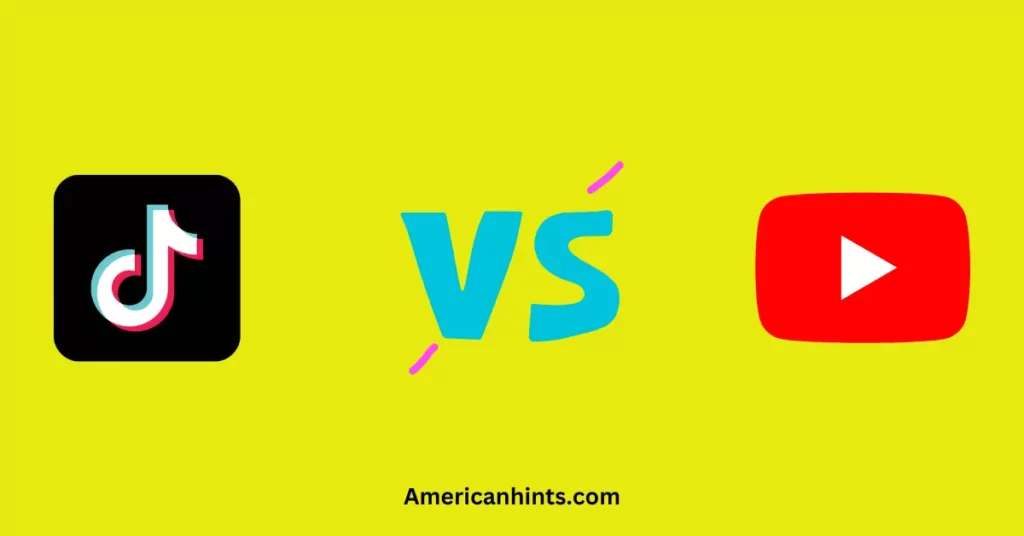The Google Doodle celebrates Indigenous North American Stickball, one of the respected sports in North America.
Stickball has deep significance in indigenous cultures and serves as more than just a sport. It represents cultural heritage, spiritual connections, and community cohesion. North American Stickball is vital in preserving traditions and sharing values across generations.
In this article, we will shed light on the historical context, cultural significance, and gameplay of indigenous North American Stickball.
Table of Contents
What Is Indigenous North American Stickball?
Indigenous North American stickball is a traditional sport profoundly embedded in the cultures of various Native American and First Nations communities. It is also known as “lacrosse” in some regions because of the similarity. Stickball is more than just a sport; it holds tremendous cultural, spiritual, and social significance. It involves two teams with sticks with netted ends to carry and throw a ball towards the opposing team’s goal. However, the objectives and rules can differ among tribes.
Apart from its competitive aspect, stickball reflects indigenous identity and values. It often started with rituals, songs, and ceremonies. It connects people with their heritage. This amazing sport teaches teamwork, respect, and cooperation. Stickball symbolized unity and resilience in the face of adversity.
Historical Context Of Indigenous North American Stickball
Several Native American tribes, including the Choctaw, Cherokee, Chickasaw, Seminole, and Yuchi, first played stickball. This game first originated in the 1600s and is now losing its popularity. In the past, the “stick” of a stickball was made of a tree branch, bent and bound with leather. The opening with a net is created big enough for the ball. Likewise, the ball was created using cloth and wrapped with leather strips.
An interesting fact about indigenous North American stickball is the variations. Three unique styles came from the Northeast, Southeast, and Great Lakes regions. The contests of stickball might last for days. The rules and crosse differ among the communities, but one thing is common in history: the number of team players. Teams usually comprise 100 to 1,000 players, and goals are set between 500 yards and a mile apart.
The stickball game is called “Little Brother of War” because some tribe elders organized it to settle disputes. Before starting the game, terms and conditions for the winning team would be decided. The losing opponent would have no choice except to accept the outcome. If the losing tribe did not accept the game’s terms, the conflict would often end in battle. The Ottawa tribe used a stickball game to enter Fort Mackinac in 1763. Chief Pontiac (chief of the Ottawas) invited soldiers from the fort to watch a game on the king’s birthday. During that time, Ottawa players rush to the fort.
In 1834, an important sports event unfolded as the Caughnawaga Indians showcased a riveting stickball game in Montreal, Canada. This event ignited a spark of curiosity among numerous Canadians. After this, they started taking an interest in this traditional indigenous game. It results in the popularity of stickball across different regions.
The Evolution Of Sticks
The stick of the Indigenous American stickball was a little different in every tribe. Here are some primary examples:
Southeast
The southeast style of Lascrosse was played by Chickasaw, Creek, Cherokee, Choctaw, Seminole, and other Native people. In this region, players used small sticks in both hands (one in each). It was carved from hickory and had a creative design. Different communities of the southeast engraved unique designs representing their beliefs. For example, the Cherokee lacrosse stick has jagged lines that represent lightning.
Northeast
The Northeast nations include the Haudenosaunee (Onondaga, Cayuga, Mohawk, Oneida, Seneca, and Tuscarora), Penobscot, and Passamaquoddy people. The Lacrosse sticks from the Northeast featured a triangular pocket that spanned two-thirds of the stick’s length. The Haudenosaunee style of the game is similar to modern stickball.
Great Lakes
In the Great Lakes region, people used a single three-foot stick with a round head measuring around four inches in diameter. Legends tell that players crafted their crosse from white ash. They also adorned the sticks with symbols of personal significance. Communities like the Ojibwe, Menominee, Potawatomi, Sauk, Fox, Miami, Winnebago, and Santee Dakota played this style of stickball.
Rules And Gameplay Of North American Stickball
North American stickball rules and gameplay are diverse. They reflect each tribe’s unique cultural practices. However, the game typically involves two teams aiming to score by getting a ball through the opposing team’s goal or pole (depending on the region). No one can touch the ball with their hands. Players catch, carry, and pass the ball using long sticks with netted ends. This game involves tough tactics representing strategy, teamwork, and physical strength.
The main objective is the same in every tribe. However, the rules and styles varied among different tribes. Some native communities played on large fields, while others chose enclosed spaces. Additionally, the number of players and length of the game also differ significantly from one tribe to another. Such diversities of rules contribute to the richness and individuality of the sport across indigenous cultures.
The flexibility in rules and gameplay highlights the adaptability of stickball. It allows the game to adapt according to tribal customs and regional preferences. In short, indigenous North American stickball is a dynamic and evolving sport honoring traditions.
Rituals And Ceremonies
In history, the North American Stickball was played after rituals and ceremonies. The ceremony was conducted one night before the game, and rituals were performed the same night. These rituals include singing spiritual songs, taking blessings from medicine men, and cultural dances.
On the game day, players makeover themselves with charcoal or chalk. They also decorated their sticks with engraving designs holding personal importance. In addition, players are not allowed to eat certain food before the game starts.
Modern Context of Indigenous North American Stickball
William George Beers was vital in developing Indigenous North American stickball into modern Lacrosse in 1856. He undertook the duty of codifying the game refining its rules and structure. Beers’s efforts topped in creating modern Lacrosse, a more organized version of traditional stickball. The lacrosse stick or crosse is now an advanced piece of equipment. It has the following parts: Head, Pocket, Sidewalls, Scoop, Throat, Shaft, Butt End and Grip.
This evolution from stickball into Lacrosse is a significant shift from a tribal game to a recognizable sport. William George Beers’ codification created the way for organized competitions and international tournaments. The modification of stickball into modern Lacrosse showcases its adaptability. Hopefully, it will always be popular and adapt more in the modern time.
Conclusion:
The Native North American Stickball was thrilling and still played in many regions. It holds immense cultural importance, and people are emotionally attached to this sport. It also solved disputes between rival tribes, showing its vital role in history. Today, efforts to preserve and promote stickball continue. It is modernized into Lacrosse. However, some communities still play the original sport, allowing this ancestral tradition to flourish and educate people about the rich cultural sports.
Frequently Asked Questions:
What Is The Native American Word For Stickball?
The North American stickball has many names in history. It differs from tribe to tribe. However, the most common words for Native American stickball are “Ishtaboli” or “anetsa.”
Is Indigenous Stickball The Same As Lacrosse?
Lacrosse is originated from Native North American stickball. They have various similarities that make people think it is the same sport. However, they have differences, such as distinct rules and equipment.
What Tribe Created Stickball?
Several American native tribes used to play stickball. But the legends tell that it was created by the “Chikasaws” or “Cherokee” tribe.
Where Is Stickball Still Played Today?
The original Stickball game is played on streets in several parts of America. But, there are certain regions where it is officially played as a tournament. These regions include the Choctaw Nation of Oklahoma and Western North Carolina.







